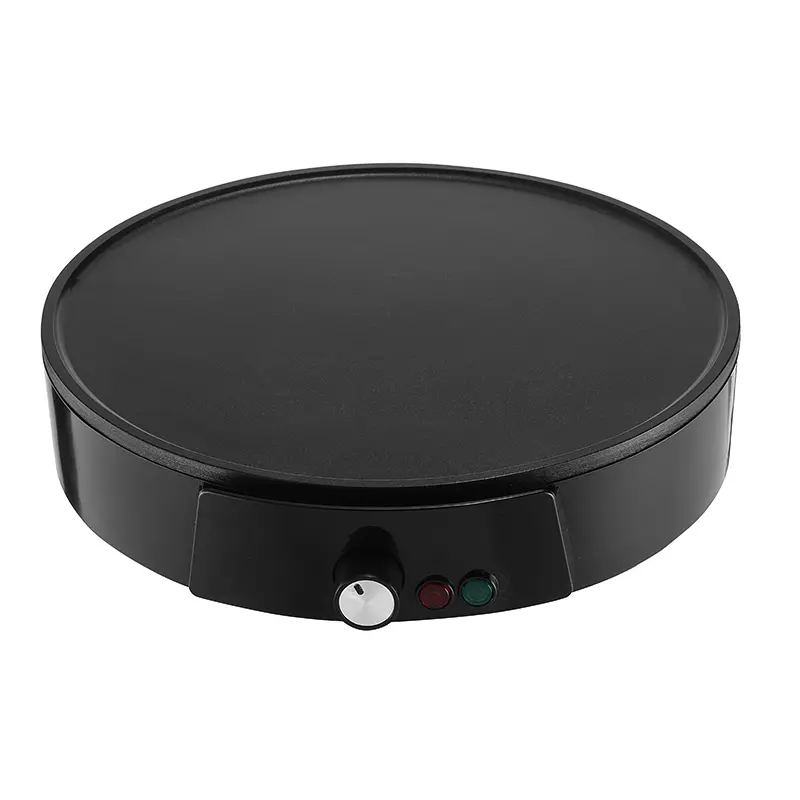Does the heating function of a mini pancake sandwich maker ensure that food is heated evenly?
2025-10-29
The evenness of heating in a mini pancake sandwich maker depends primarily on the following factors:
1. Heating Method: Most mini pancake sandwich makers use double-sided heating plates.
Advantages: It heats both sides of the food simultaneously, resulting in more even heating than single-sided heating.
Disadvantages: The center of the heating plate is usually hotter than the edges. Therefore, if the food is too large and extends beyond the center, the edges may not be heated sufficiently.
2. Heating Power: Mini makers typically have a power rating between 600W and 1000W.
Higher power results in faster heating and more stable heat distribution; lower power leads to slower heating, resulting in some areas burning while the other side remains uncooked.
3. Food Thickness and Arrangement: Evenly thick and flat ingredients ensure more even heat distribution; if there is a significant difference in the thickness of the filling, the center may not be heated sufficiently.
4. Heating Plate Material and Temperature Control Design: Aluminum alloy non-stick coatings conduct heat quickly and evenly; some high-end models have automatic temperature control to prevent localized overheating; lower-priced models may experience large temperature fluctuations, resulting in burnt edges and undercooked centers.
Generally speaking, high-quality mini pancake sandwich makers can ensure basic even heating of everyday foods. However, for thick or high-moisture ingredients, it is recommended to: flip the pancake or sandwich once during heating; or extend the heating time and preheat slightly longer.






